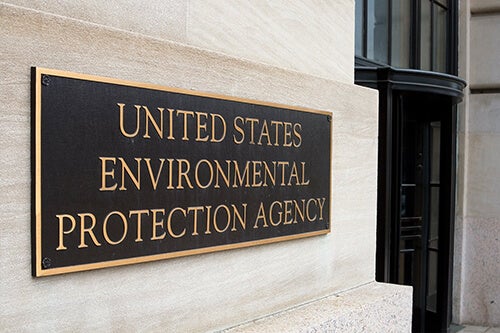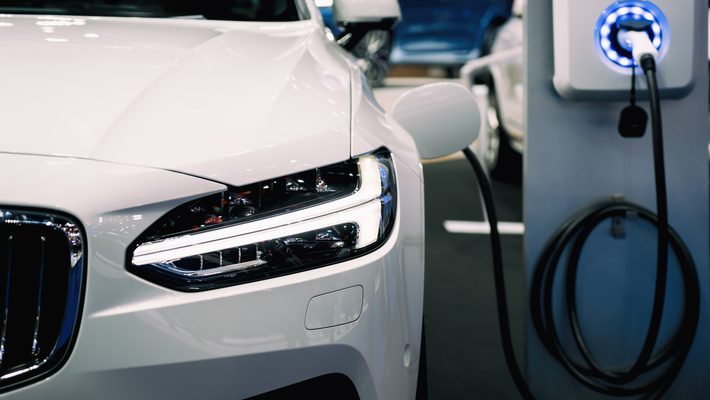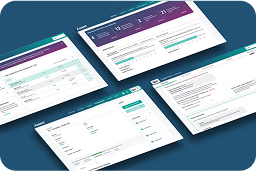The EU’s End-of-Life Vehicles (ELV) Directive is getting a major overhaul. After more than 20 years, the old directive is being scrapped and replaced with something far more ambitious: a regulation that directly applies to all member states and embeds circular economy principles into how vehicles are designed, built, and handled when they reach the end of the road.
If you’re an automotive OEM or supplier, this is your green light to start preparing now. What’s coming isn’t just about recycling — it’s about redesigning for the future.
What’s Changing & Why It Matters
Every year, more than 6 million vehicles in Europe reach the end of their life cycles. The goal of the new regulation is to make sure those vehicles don’t become an environmental burden. That will likely mean tighter reuse and recovery targets, stronger rules around extended producer responsibility (EPR), and a much bigger push for material circularity.
There are also some major additions. The upcoming regulation will likely:
- Apply to a wider range of vehicles, including motorcycles, buses, and trucks
- Introduce mandatory 25% recycled plastic content in each new type-approved vehicle — at least a quarter of which must come from ELVs
- Require digital vehicle passports to improve traceability and transparency
- Crack down on vehicles that disappear from official systems or get exported under the radar
And unlike the current directive, this new regulation won’t leave room for different member states’ interpretations — it will be binding across the EU.
What You Can Do Now
This shift won’t happen overnight, but the timeline is shorter than it seems. Several key requirements are already taking shape, and many others are likely to follow quickly once the regulation is finalized. To get ahead of it, you need to know what’s in your parts, where your exemptions apply, and how to support future reporting.
That starts with better data. Granular substance data can help you prove compliance for today’s restricted materials — like lead, mercury, cadmium, and hexavalent chromium — and give you a clearer picture of where risks or redesign needs may be hiding.
It also means bringing your suppliers into the process. The better your visibility across the supply chain, the more equipped you’ll be to meet upcoming design, documentation, and recycled content requirements.
How Assent Helps
Assent makes it easier to manage compliance today — and prepare for what’s next. Our AI-enabled platform helps automotive manufacturers and suppliers:
- Collect detailed substance data at the part level, including verification that restricted substances are absent or used only under valid exemptions
- Automatically track exemptions so teams know which materials are at risk as rules evolve
- Generate declarations that align with the EU’s plans for digital vehicle passports
- Engage suppliers through one centralized portal for ELV, REACH, and other data requests, reducing fatigue and accelerating response times
A Big Shift but a Smart One
This regulation is about more than just compliance — it’s about building vehicles that support a circular economy from day one. That means making smarter design choices, using materials more responsibly, and preparing for a world where sustainability and product performance go hand in hand.
You don’t have to wait for the regulation to take effect to start making progress. The sooner you understand the requirements and build the right foundation, the better positioned you’ll be to reduce compliance costs and stay competitive in a changing market.
Want to learn more? Connect with an expert at Assent and see how we can help you kick your program into high gear.














